Happiness and Learning...
“One test of the correctness of educational procedure is the happiness of the child.”
-Dr. Montessori
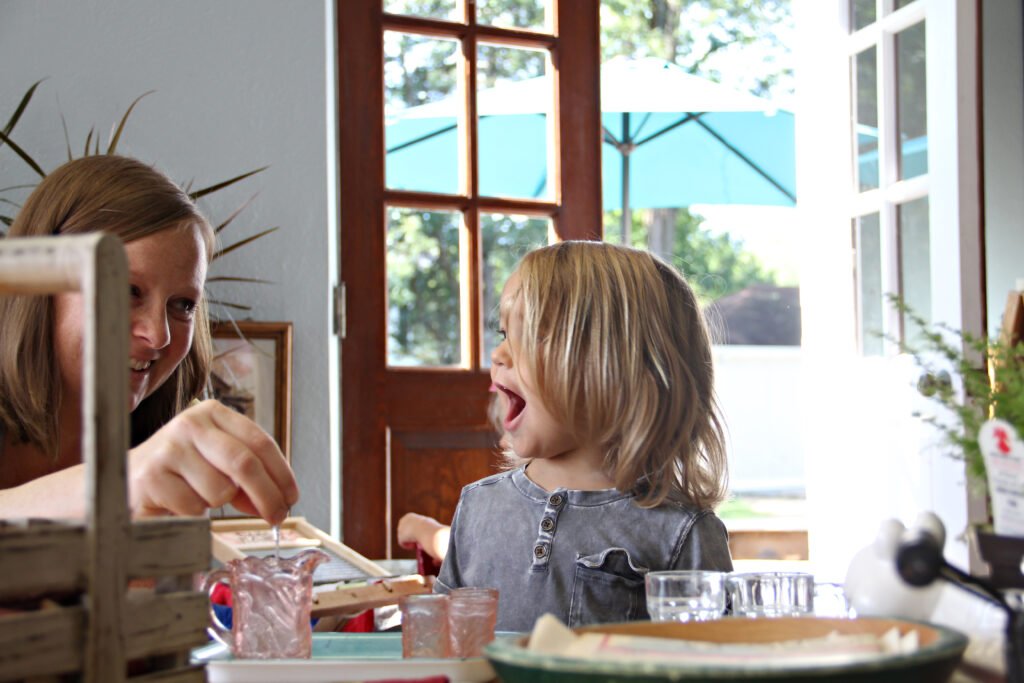
Happiness is tricky, right? We want it for our children, but we also know that happiness alone is not the goal. If we strove only for happy children we would free our children from any discomfort. But the grit and resiliency built through challenge and failure offers greater contentment as an adult. So, instead of thinking of momentary happiness, let us look at happiness through the lens of contentment, fulfillment and deep joy - particularly as it exists in learning.
Stretching our knowledge and realizing our potential can be a source of joy and contentment. This is what Montessori classrooms provide for children. They prove fertile ground for the deep-seated happiness that comes through purposeful work.
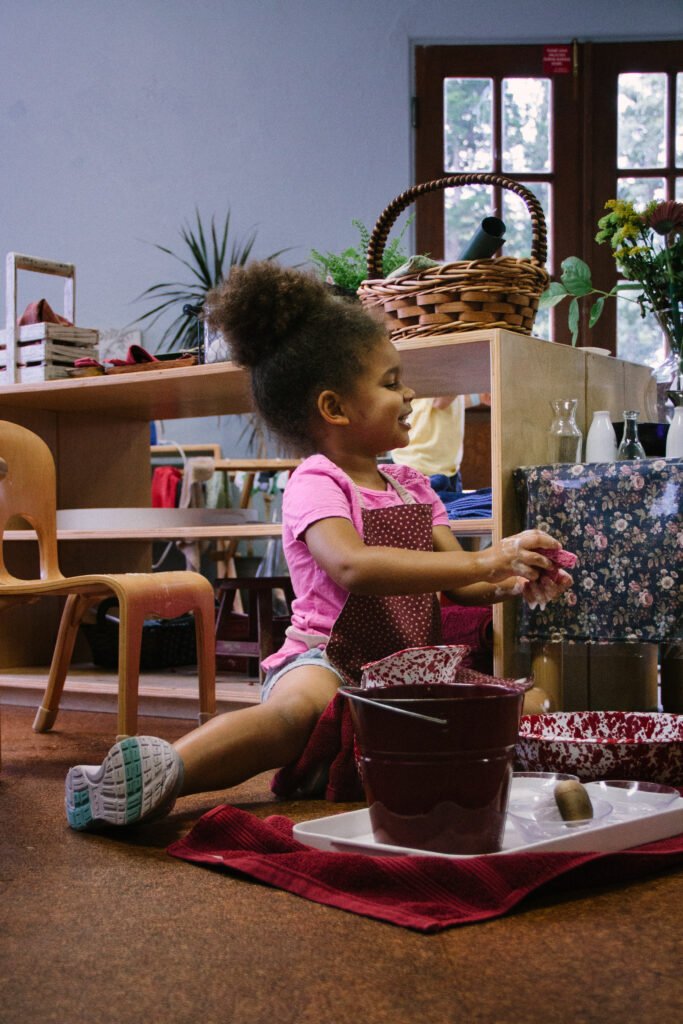
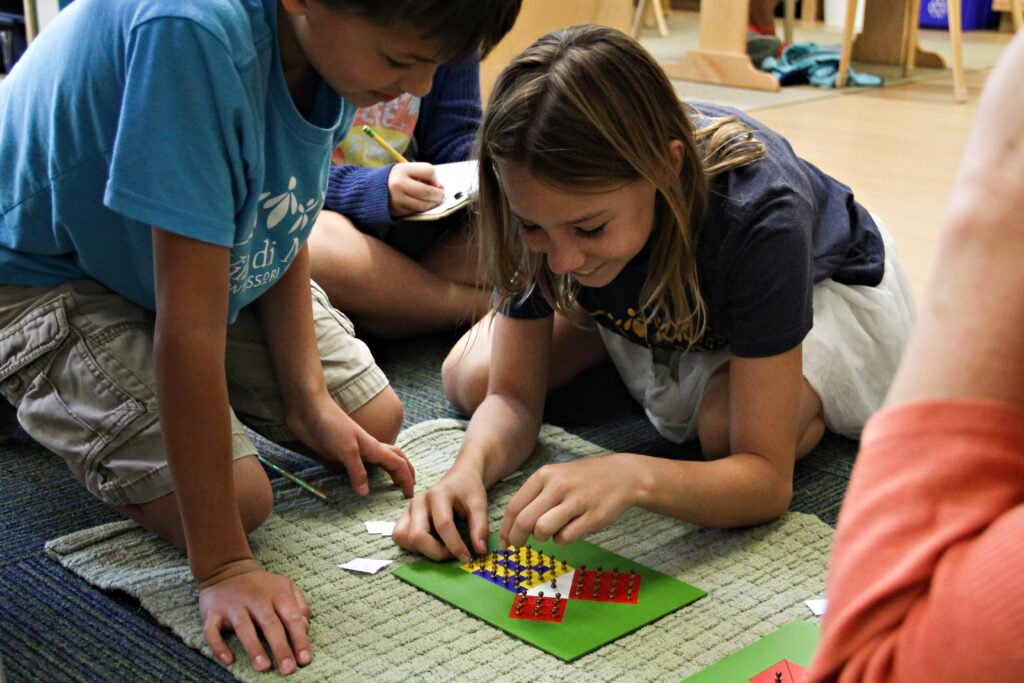
Montessori environments consistently provide children with surmountable challenges. They provide work that children must stretch themselves to master, but which is not so far from reach that the child cannot be successful. Upper Elementary Guide Ms. Rebecca calls this "working on the edge of the cliff." Some educational theorists call it the zone of proximal development.
The zone of proximal development is explained using a model of three concentric circles. The inner circle is that which the child knows and can learn completely on their own. The outermost circle is that which is well beyond the child's reach, that which the child cannot learn given where they currently stand. The circle in between is the zone of proximal development. In this space exists that which the child can learn with a little guidance. This is the magic zone where the child is pushed just beyond what they already know. It is the place where children can stretch themselves and be successful.
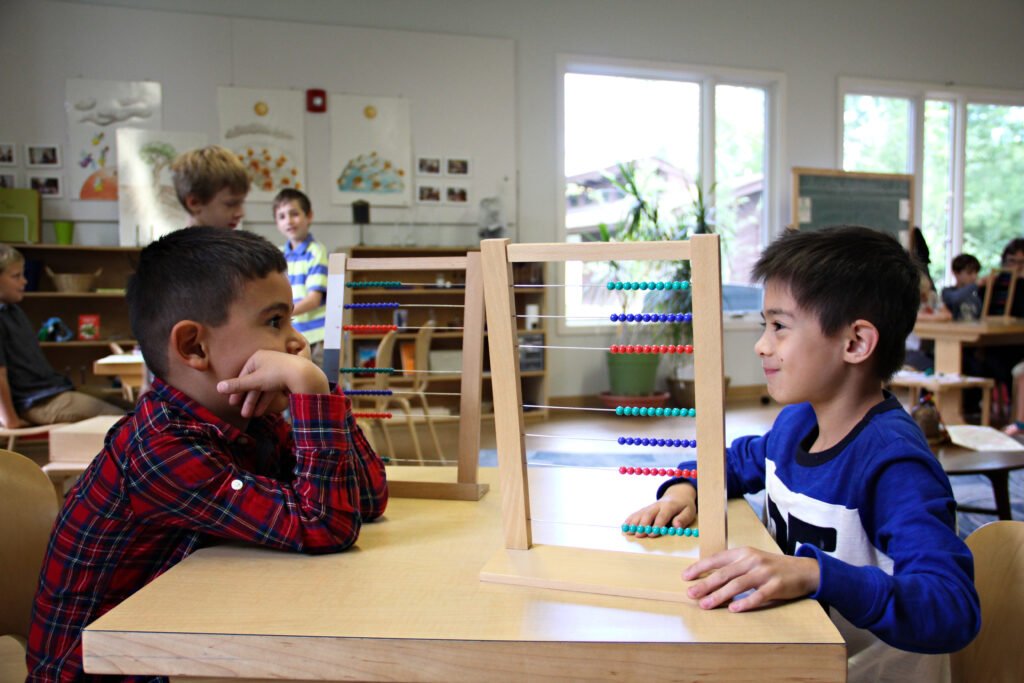

The brilliance of Montessori classrooms is that the materials provide this zone for the child. They provide just the right amount of push. The materials, along with the guide, provide a balance so that the child receives guidance but also acquires knowledge themselves. The acquisition of knowledge is purely the work of the child - in combination with the materials. (Have you had this moment with your child's guide where you tearfully thanked them for teaching your child to read, and they've calmly responded, "Oh, they taught themselves to read.")
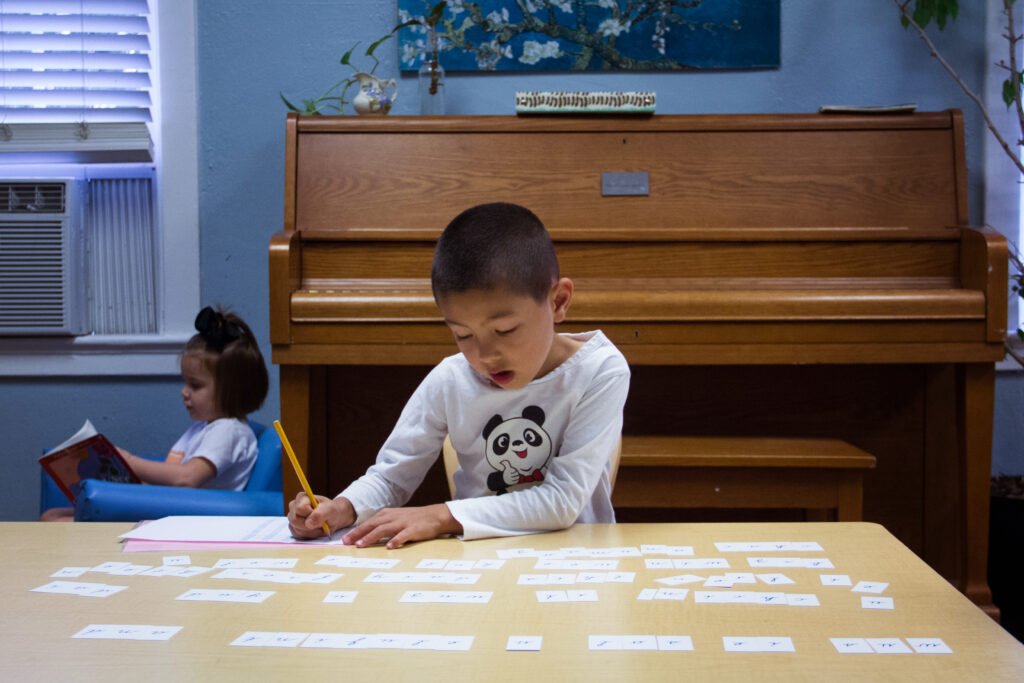 How brilliant to succeed at something that seemed just out of reach, but that we then find attainable through purposeful work. This is the Montessori environment. The happiness of the children in the classroom is the happiness of work, the joy of learning.
How brilliant to succeed at something that seemed just out of reach, but that we then find attainable through purposeful work. This is the Montessori environment. The happiness of the children in the classroom is the happiness of work, the joy of learning.
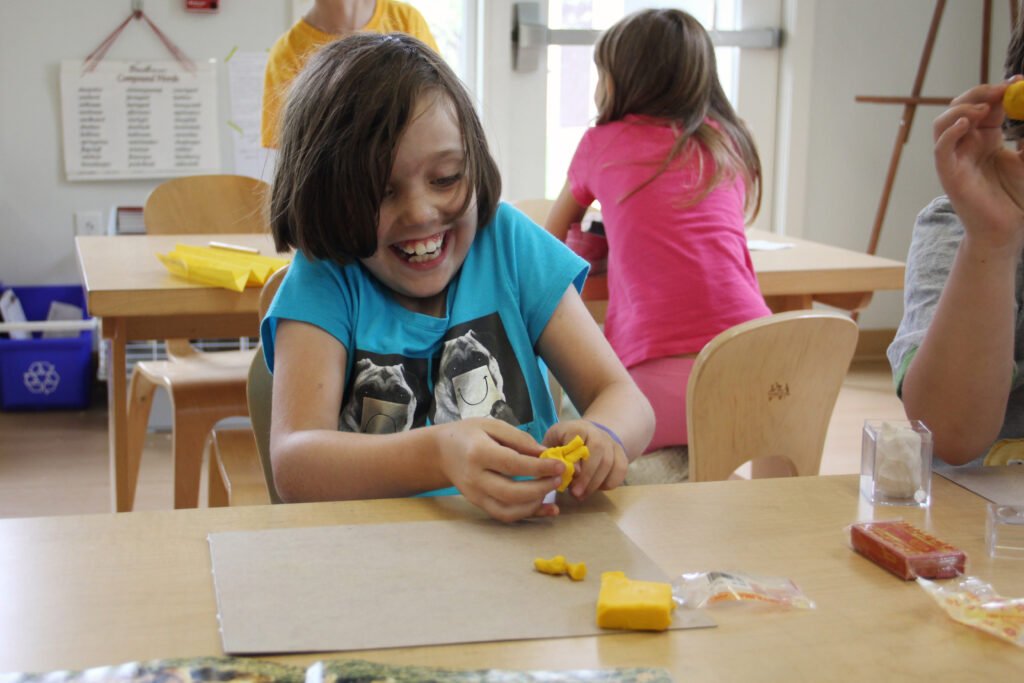 Photographic gems compliments of Melinda Smith.
Photographic gems compliments of Melinda Smith.

